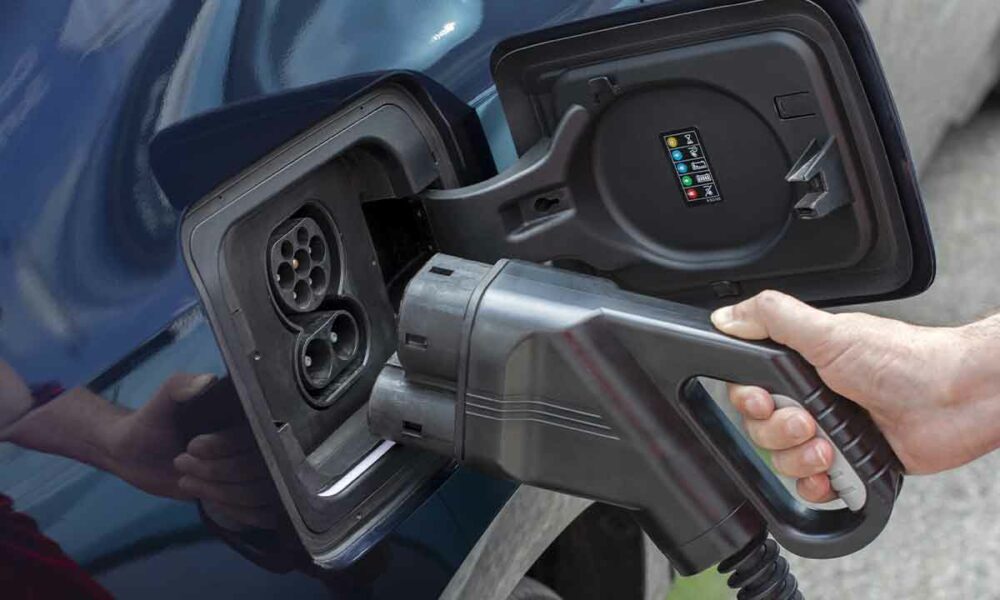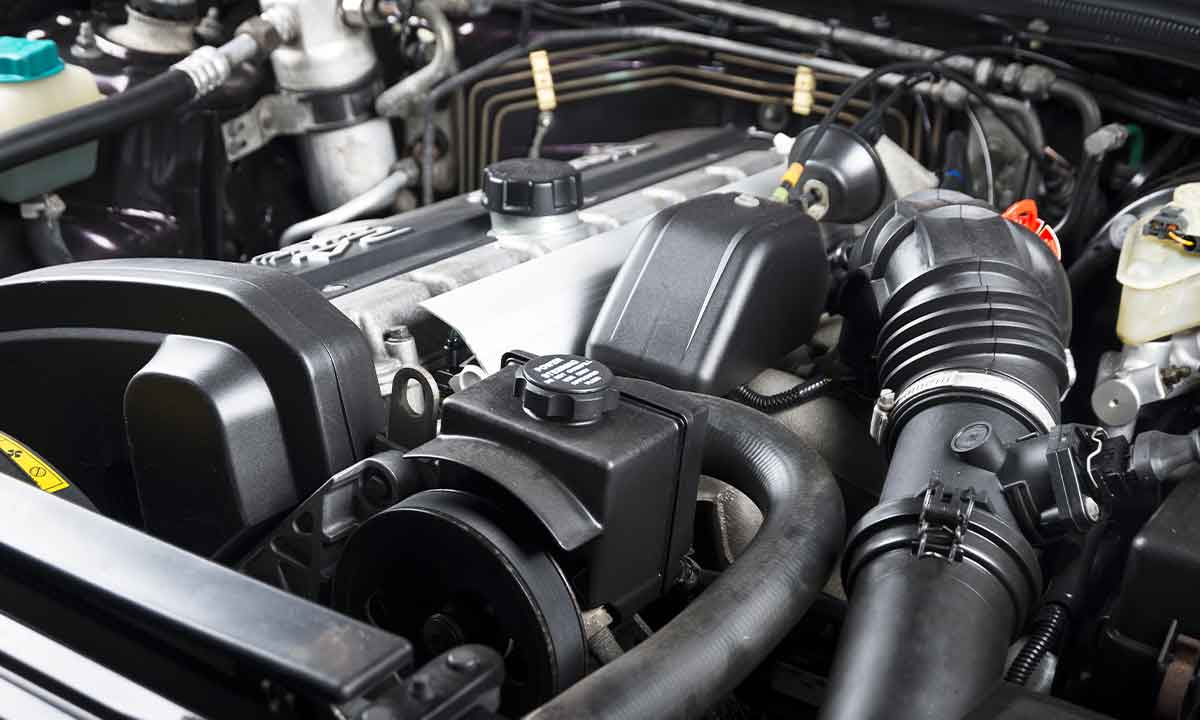
As you will surely remember, a few months ago we told you that Europe, more specifically the European Parliament, had reached an agreement that proposed banning the sale of new cars with combustion engines from 2035. We have already spoken on many occasions about the long deadlines of the process of approving new measures in the European area, a few weeks ago with the end of one, the approval of the single loader, and just yesterday with the first steps of another, which aims to bring Bizum-style instant transfers and payments to the entire Europe.
Thus, whenever we speak of processes of this type, we must start from the premise that there are many red traffic lights that, little by little, change color. And these deadlines may be much longer, depending on the impact that their approval may have on the sectors that will be affected by these new regulations. In this regard, we can look again at the single charger standard, which grants a two-year moratorium from its approval, so that manufacturers can adapt the designs and production of their devices to this new standard.
The common space of the old continent is made up of several institutions that participate in these processes, so that each successful interaction between two or more of them becomes an important step. And in this regard, today we learn from The Verge that the Council of the European Union and the European Parliament have reached an agreement that prohibits the sale of cars and new vehicles with a combustion engine from 2035.
It is important to clarify that there is talk of the sale of new vehicles, but not of the circulation of existing ones until then, although it is most likely that the oldest ones, by that time, will already be subject to so many limitations that, in practice, they can only circulate under very specific conditions, something of which we are already seeing quite a few signs clear in recent years, more to come in the years to come.
This agreement, which has yet to be formally adopted and may undergo notifications before that finally happens, aims to a reduction in CO emissionstwo 55 percent for new cars and 50 percent for freight vehicles, both for new vehicles from 2030leaving the next five years to scale to 100% sometime in 2035, for all types of new vehicles sold in Europe.
If that there are some exceptionsamong which the one that is already known as the Ferrari clause or amendment stands out, to which companies that produce less than 10,000 units per year may benefit, either because they are very exclusive vehicles (which explains the name with the this exemption is identified) and those dedicated to artisanal production, in this case with a maximum of 1,000 units per year.




